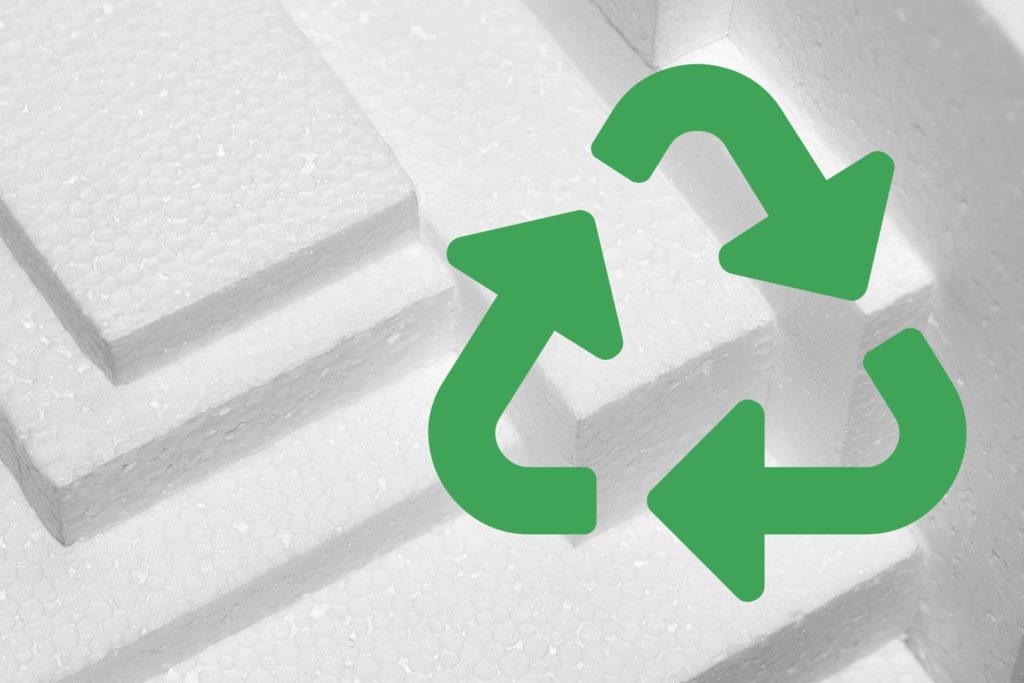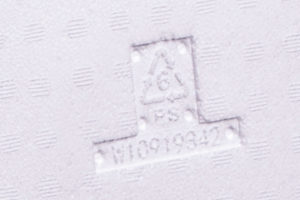Materials
Our Efforts
As a market leader with deep relationships with suppliers, Huntington Solutions is well-positioned to take advantage of advances in sustainability. We recycle all our scrap for internal use and have sites that serve as community recycling centers for used foam. Most of our products are single-use solutions for closed-loop shipping systems—they are not destined for use by consumers, which allows for a high percentage to be recycled. Other products, such as our OEM component solutions, remain in their respective devices for their entire life cycle. EPS is a 100% recyclable packaging solution that is often the most cost-effective solution for your packaging needs.

High sustainability, low footprint
Expanded polystyrene (EPS) is the most sustainable material for many applications:
- The production of EPS has a smaller carbon footprint and results in less water and air pollution than the manufacturing of alternative materials.
- EPS is extremely lightweight, which reduces transportation costs and fuel usage.
- Because it is strong, easily molded, and acts as an insulator, EPS prevents damage to products during shipping, which means less waste and more efficient supply chains.

EPS and the Environment
When EPS makes its way into the environment, it can do damage, particularly to marine ecosystems. To prevent this, we work to educate consumers and clients, and offer recycling services. EPS products can be:
Reused
- If there is no food or other contamination, EPS products can be used many times in their original function. This is likely the best way to reduce waste and achieve sustainability.
- EPS can also be chopped up and reused as loose packaging material.
Recycled
- In 2018 more than 113 million pounds of EPS were recycled at more than 200 collection sites nationwide. EPS can also be returned for recycling via mail-back programs.
- We operate our own state-of-the art EPS recycling facilities and our locations have been awarded local and regional corporate citizenship awards.
- For more information on recycling EPS, visit www.epspackaging.org
- See the EPS Industry Alliance (EPS-IA) recycling video.
Cleanly burned
- EPS is 98% air and when incinerated in proper facilities, produces only CO2, water vapor, and trace amounts of inert ash, as well as energy that can be fed into the electrical grid.

Environmentally Inert
EPS is an inert material produced without CFCs, HCFCs, HFCs, or formaldehyde, which damage the ozone.
Made of Expanded Polystyrene (EPS)
Many consumers refer to foam shippers and packaging as “Styrofoam coolers” or “Styrofoam packaging.” Although they may appear somewhat similar, our insulating containers and packaging are made from expanded polystyrene and specialty resins with different properties. Styrofoam is a trademark of Dow Chemical for its extruded polystyrene.